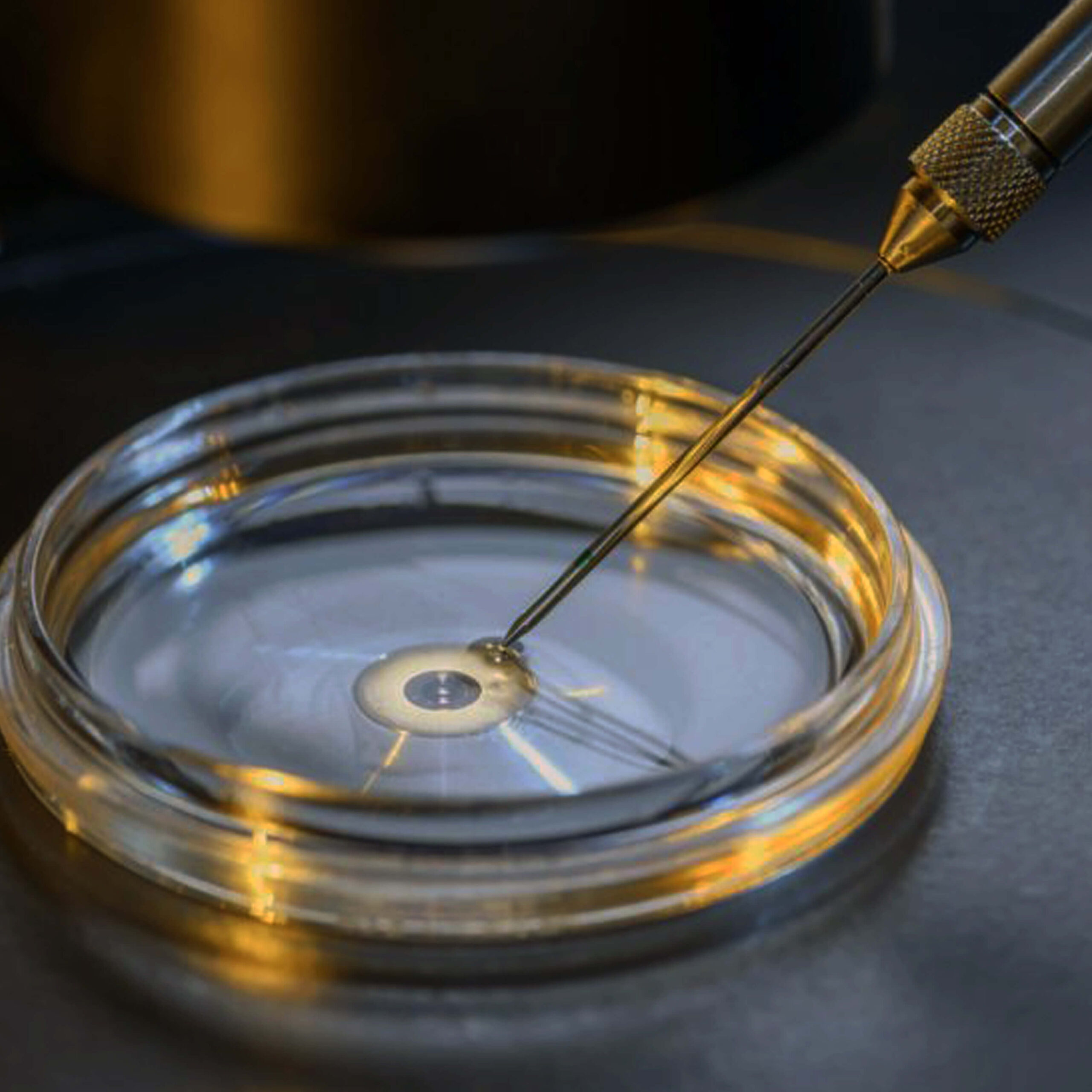When you set out to begin your IVF journey, the road ahead may seem very uncertain and the process demanding and overwhelming. Every couple is unique, and it is impossible to predict exactly how your IVF cycle will go, but I have outlined below the most important landmarks along the way. In order to understand what you will be experiencing throughout the IVF process, it is important to have a good grasp on what IVF actually is and how it works.
Usually, IVF is pursued only after other fertility treatments have failed. You may have been trying to conceive for months or, more likely, for years and years. But this is not always the case. For some couples, it may well be the first or the only option!
Some common indications for IVF are-
- Women with damaged or blocked fallopian tubes
- Older women with fertility issues
- Women with endometriosis
- Severe male infertility
- Couples who require a gestational carrier
- Couples who require donor eggs
- Couples with multiple failed IUI cycles
IVF has been around for decades and you most likely already know that the basic idea behind IVF is fertilizing the egg and sperm outside the body in the IVF laboratory. But there is a lot more that happens before and after. Here’s a closer look at the IVF process in five steps.
The IVF Process in Five Steps-
1. Boost your egg production through Controlled Ovarian Hyperstimulation (COH)
Normally, a woman who has a regular menstrual cycle, has one egg developing and maturing every month. For IVF, you will be given fertility medicines (injections) that will begin a process called ovarian stimulation. In other words, the injections which contain gonadotropins will tell your body to produce more than just the one egg per month.
You will need to follow up for regular transvaginal ultrasounds to check on your ovaries, your endometrium and to monitor your hormone levels.
2. Retrieve the eggs
Once your ovarian follicles (which contain the eggs) are ready, you will be given an injection (trigger shot) for final egg maturation followed 34 to 36 hours later by a minor surgical procedure called Oocyte Pick Up (OPU) to retrieve your eggs.
During the procedure, your doctor will use an ultrasound to guide a thin needle into each of your ovaries through your vagina. The needle has a device attached to it that suctions the eggs out one at a time.
This procedure is done under anaesthesia, so you won’t feel any pain or discomfort. You may feel some cramping afterward, but this usually disappears within a day. There may be a feeling of lower abdominal pressure and fullness due to enlarged ovaries from the ovarian stimulation. This may last for a few days.
3. Sperm sample from your husband
The morning that your eggs are retrieved, your husband will be asked to provide his sperm sample. The sample will then be processed in the IVF laboratory to find the healthiest sperms.
4. Fertilization and embryo culture
Now, in the IVF laboratory, your eggs will be fertilized with your husband’s sperm.
With In Vitro Fertilization (IVF), your eggs will be placed in a petri-dish with many sperm for fertilization to occur naturally. Intracytoplasmic Sperm Injection (ICSI) takes the process one step further and involves the injection of a single sperm directly into the cytoplasm of a mature egg (oocyte) using a special microinjection pipette (glass needle).
The fertilized eggs (embryos) are cultured in a special culture medium that supports their growth for 3 to 6 days.
5. Transfer the embryo(s) into your uterus
On the day your eggs have been retrieved, you will be advised to start certain medicines to prep the lining of your uterus to receive the embryo/s that will be transferred into your womb.
About three to five days after fertilization, your doctor will place one or two embryos in your uterus using a catheter. This embryo transfer procedure does not require any anaesthesia and will be done while you are awake.
Not all women have an embryo transfer in the same cycle that the eggs are retrieved. In some situations it is advised to freeze all embryos and then plan the frozen embryo transfer a month or two later.
The next step of course is the pregnancy test which is done two weeks later! The first part of IVF is hard, but this two week wait is often described by women as the hardest and longest two weeks of their lives! During this two week wait till your pregnancy test, bed rest is not required at all and is in fact discouraged. You need to be sure to continue all your medicines as advised, and other than that try to keep yourself occupied and busy. It is advisable that you refrain from strenuous physical activities as well as sexual intercourse during this time. After the first few days, you can start non impact light aerobic activities, such as walking and low intensity yoga.
During this time, it is natural for you to be extra-aware of your body, of each little thing that you may experience. There may be some cramping, spotting or light bleeding, fatigue, bloating, and breast tenderness. You may find these symptoms alarming, but these are normal and do not signify that you are or are not pregnant.
If you have any doubts, questions or concerns, reach out to your doctor. Your doctor can provide you with guidance specific to your situation and your medical history.
Good wishes and good vibes your way! Godspeed!

